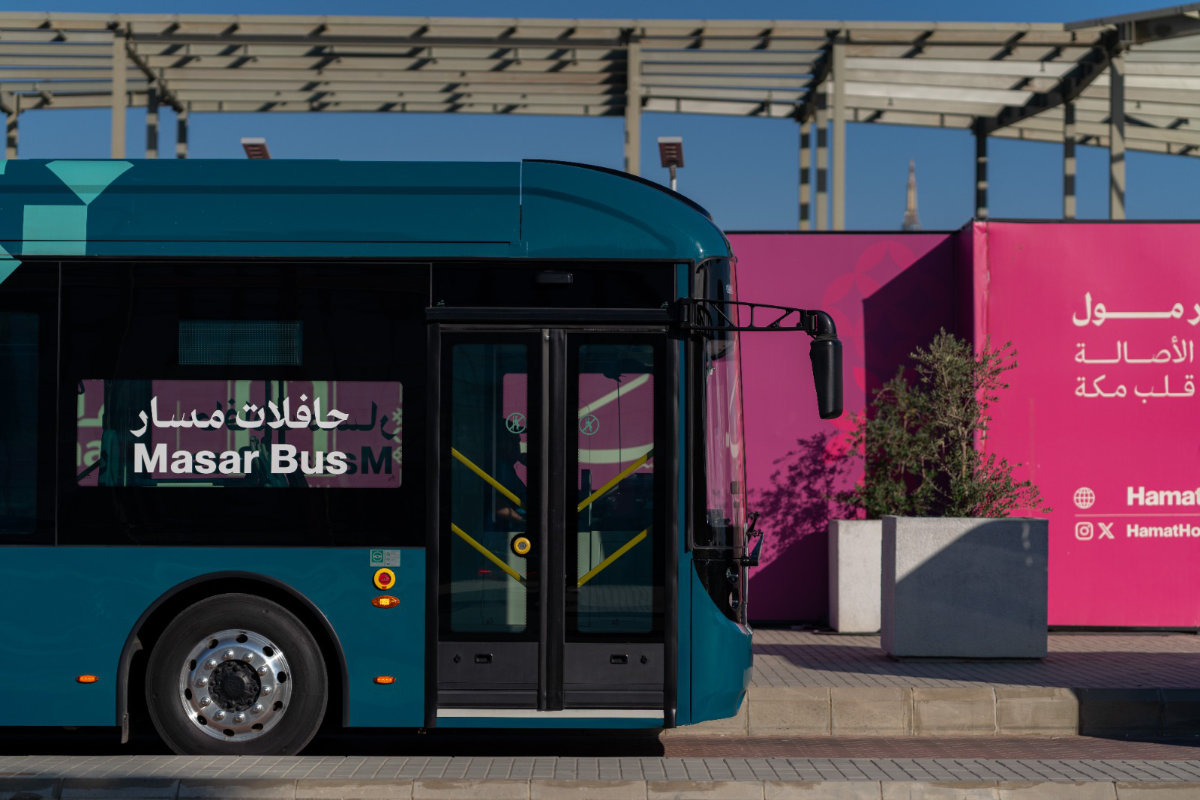RIYADH: Saudi Arabia has climbed 25 places to become one of the leading countries in the global rankings on the UN’s E-Government Development Index for 2024, which was published on Tuesday.
The Kingdom ranks first in the region, second among G20 countries and fourth globally on the digital services index. It also achieved seventh place on the e-participation index, and Riyadh ranked third among 193 cities worldwide.
The compilers of the index also praised Saudi Arabia for its significant developments in the field of digital government, thanks to which it ranked sixth in the world.
The Saudi minister of communications and information technology, Abdullah Al-Swaha, who also chairs the board of directors of the Digital Government Authority, thanked King Salman and Crown Prince Mohammed bin Salman for their support of efforts by the technical and digital sectors to digitally transform government services, the Saudi Press Agency reported.
He said the leap forward to historically high rankings on the UN index was in particular the result of the support and empowerment provided by the crown prince, in keeping with the objectives of the Saudi Vision 2030 plan for national development and diversification, for efforts to establish and enhance the Kingdom’s role as an influential leader in the digital economy, regionally and globally.
The governor of the Digital Government Authority, Ahmed Alsuwaiyan, said that the nation’s continued progress in the index rankings reflects the desire of the Saudi leadership to provide the best possible digital government services. In particular he praised Saudi Vision 2030 for the significant effects it has had on improving the Kingdom’s position on the index.
Since the launch of Vision 2030 in 2016, Saudi Arabia has also climbed 53 places on the Telecommunications Infrastructure Index. In addition, the country has made notable progress on the Human Capital Index, advancing 31 places, and improved its position on the Online Service Index by 67 places to achieve fourth place globally this year.
The UN report noted that the maturity of digital government regulations in the Kingdom has reached a level of 100 percent, as has the accessibility and sharing of open government data with citizens and business sectors. Saudi Arabia also advanced 60 places on the index in terms e-participation and consultation with individuals and the business community.
The E-Government Development Index, which is published every two years, has been viewed as one of the most important international indicators of its kind for more than 20 years. It provides measure of the effects of structural reforms on productivity, efficiency and user experience as a result of the development of digital government frameworks and services in UN member states.

















